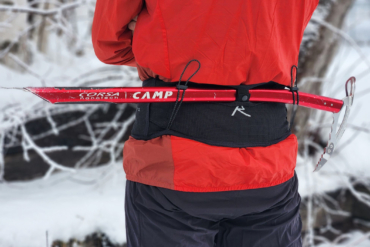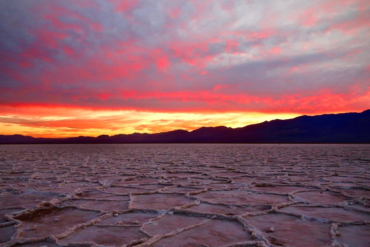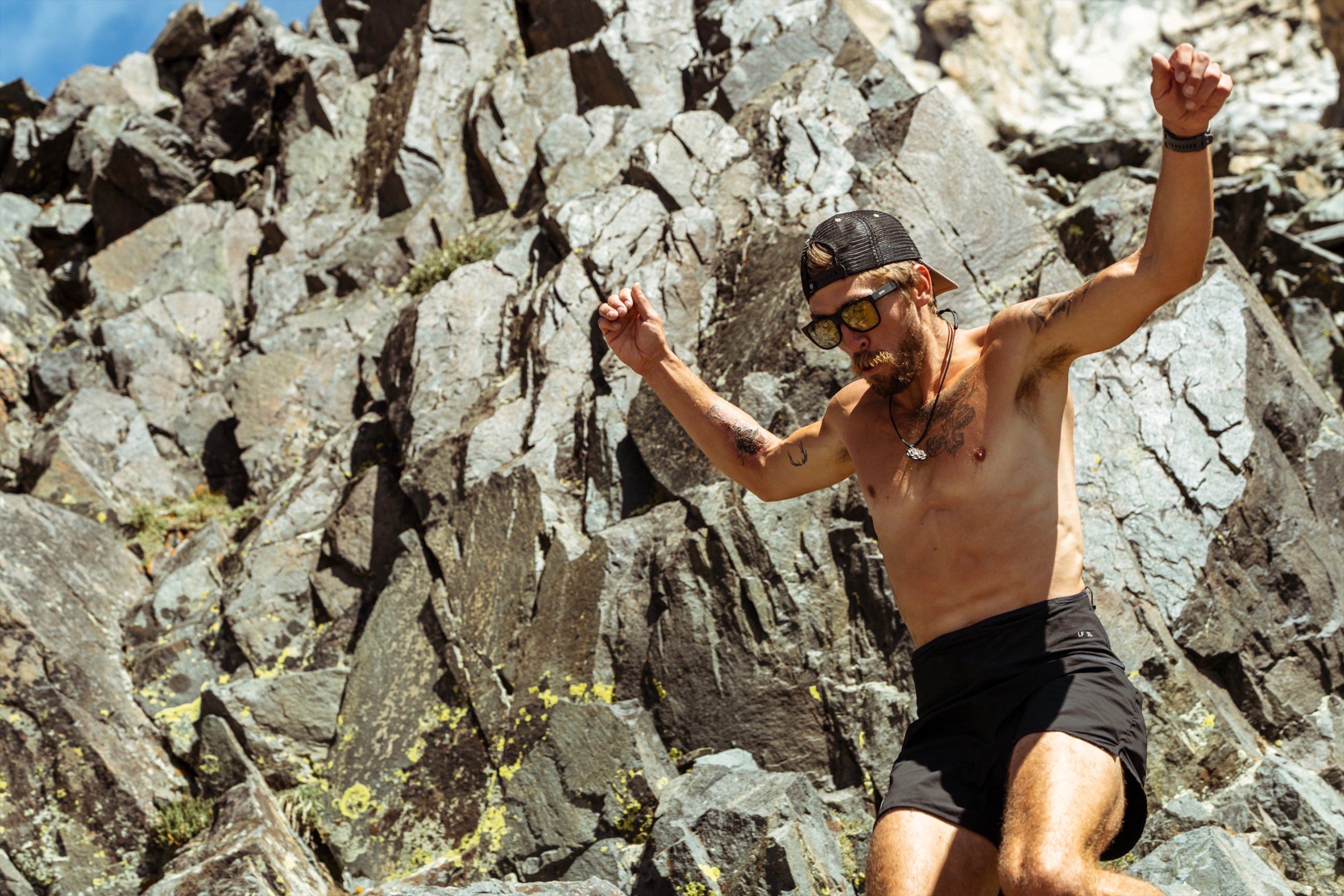This post is part of a series of live race updates from southern Chile, the location for the 2011 Wenger Patagonian Expedition Race.
By T.C. WORLEY
In the starkest of contrasts, I’ve gone from living and suffering in the wet wilderness to sitting in a posh (at least for this area of the world) Internet cafe in just a few short hours. My cafe Americano drink should be here any second. Warm fluids and dry beds are luxury items in my life right now.
Last Wednesday evening, two adventurous videographers, Sam Salwei and Paul Cassedy, and myself were dropped on a beach named Bahia Caribea (Carribean Bay) somewhere in the tangled fjordland of southern Patagonia. The tiny beach would be the landing point for teams that would be finishing a grueling 80k kayak paddle — the second kayak leg of the race. It would be 39 hours before we’d see the first team arrive. Rain settled in as we drifted to sleep and would not stop for the next four days.
“They’re here!” shouted Sam, as Paul and I sat huddled under a tarp, attempting to keep dry as long as possible. In the distance we could see two dark lines moving toward us through the haze. We scrambled to get ready for the long trek we’d been fretting about for the last few days. Could we keep up with the team? If not, would we get lost and need a rescue, or worse, get injured? It was too late for second guessing, so we tightened our laces, took deep breaths and fell in line behind Team Adidas, then in first place, as they climbed from the beach in kayak gear.
To our relief, the pace was steady, but reasonable. On fairly solid ground, we were moving quickly toward the point of no return. The next jumping off point would be 50+ miles into the wilderness and days away. As far as we could see, the gray hillsides were speckled with green scrub and mosses. Where water ran from the tops of mountains, creeks were forming into rivers from non-stop rain. Each of these river valleys was full of life. Trees grew bigger, moss grew thicker and our pace almost came to a stop. “Evil forest holly” and “deadly bonsai” (as Adidas called them) clawed at our faces and hands, leaving swollen, red dots. It felt like we were trying to move through a land that did not want us there. From this point on, we would be wet from head to toe until we arrived at a hotel many days (and a helicopter ride out) later.
As night approached, we entered a forest so thick that our trekking almost became swimming. Sliding on bellies, squirming between trees and ducking under thorny branches, we moved frustratingly slow. “F$%&ing hell!” shouted one of the racers in absolute frustration. It felt hopeless. With no way to see over, through or past the forest, Team Adidas decided to pick a southern bearing on the compass and just keep moving — it worked! Around two hours later we noticed the sky looking brighter, and soon we popped out the other side of the horrid forrest. High fives, whoops and trekking poles held high, we hiked on in relative ease for the next few kilometers.
Darkness brought many challenges beyond simply seeing. Temperatures dropped, and our wet clothing robbed heat from our bodies. River crossings, some of them milky, light gray 35-degree, glacial melt, soaked us to the waist. One crossing even ripped the waterproof pants off of Paul, nearly dragging him into the fast waters downstream. Hypothermia was a real threat, but on we hiked, shivering into the night.
At 2am, exhausted and wet, we tented for the night on drenched turba (swamp) with miniature bonsai-like trees sprouting inside the floor-less tent next to us. Our sleeping bags and packs became soaked from the puddles in the teepee-style NEMO tent. Less than four hours later we awoke to pull on our wet clothing and shoes, choke down a Powerbar, and begin trekking again by the light of our headlamps. Tadpoles the size of dimes swam in clear pools of water, small aquariums in the ground — and a sign of things to come.
As the sun rose we entered a dreaded turba swamp field in a valley between two lines of beautiful mountains. For the first time in days, the sun came out. Turba reminds me of overgrown moss, and like moss it grows best in very wet places. Between the heaps of turba, there was mud and muck that waited to suck at your shoes like a vacuum. Then the turba disappeared and it was only mud and grass that sank under our weight. Simply walking, making forward progress, became a huge effort. “My calorie burn rate must be mental!,” exclaimed Bruce Duncan, the workhorse of the Adidas team. Every few minutes one of our party would slip into a puddle, sinking to his or her crotch in muck, morale dropping with them. It would be three hours before the ground became firm again.
More water crossings and a nearly vertical 500-foot vegetation climb from the valley bought us to a stunning, postcard view of the terrain we had trekked so far. Fiona Spotswood, the female racer of Team Adidas, was really beginning to suffer from missing skin on her ankles and the half-dozen blisters on the bottoms of each foot. As painkillers wore off, her pace slowed to a sobbing, stumbling crawl. It was difficult watching a woman suffer so much. “Great job, Fi,” encouraged teammate Nick Gracie.
We climbed past waterfalls, mirrored ponds and cliff faces until we reached 1,600 feet in elevation. A small field of ice and snow still lingered from the winter, melting and making the descent a sliding, falling, grappling struggle. At least we were moving downhill with gravity for the first time in three or four hours. Positive small thoughts are essential to the success of a team in a race like this. Team Adidas won our respect with their jovial comments and ability to laugh at us as well as themselves while suffering immense discomfort.
As evening approached on the 2nd day of nearly continous trekking, we crossed several more bodies of water. Rain had returned, temperatures dropped again, and many of us shivered uncontrollably. It was decided that we would use a satellite phone to reach race headquarters to see if other teams were as far off of schedule as we were, in danger of missing cut-off times.
When HQ offered a helicopter ride to we three media members, we jumped at the chance. Our food was nearly gone, all of our clothing and gear was soaked, including two “waterproof” video cameras that had died. Another 17 hours of estimated trekking time sounded too rough. So, after at least 39 hours as trekking partners, we exchanged high-fives and well wishes with Team Adidas and waited in the rain to hear the props of our ride out of the wilderness. Little did we know we would not get that ride for another 20 hours. Our deliverance from the wilds of Patagonia — and how I came to be sipping my Americano at the cafe — is another story in itself.
—T.C. Worley will be reporting live from Patagonia through the end of February. Follow Team GearJunkie.com and the Wenger Patagonian Expedition Race at The GJ WPER Channel.





